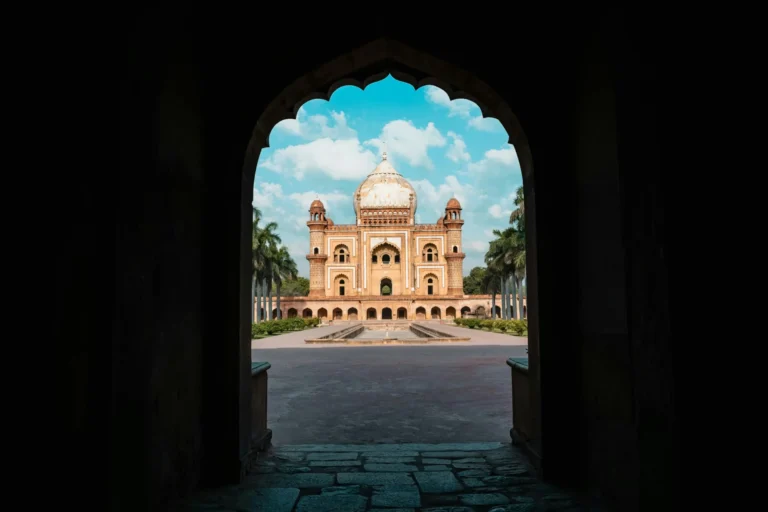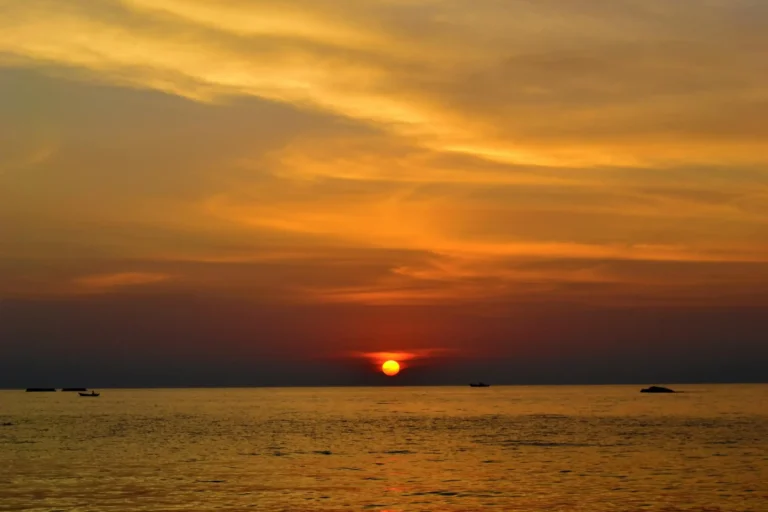About Jagannath Festival:
ratha yatra`, `deities return`, `bright fortnight of ashadha
The Jagannath Puri Ratha Yatra is a wonderful celebration held in the holy city of Puri, during bright fort night of ashadha. This annual event glorifies Lord Jagannath who is considered to be an avatar of Lord Vishnu. The celebration is known for the grand yatra of chariots bringing Lord Jagannath, his brother Balabhadra and his sister Subhadra which is pushed by thousands of followers. The Rath Yatra represents togetherness, dedication and spirituality attracting millions of devotees and tourists from around the world. The Jagannath Rath Yatra is highly anticipated in 2024 and plans are on to make it a memorable and spiritually inspiring event for all participants during deities reunion event.
Table of Contents
ToggleThe Meaning of he Jagannath Festival
The yatra from Jagannath Temple to Gundicha Temple is more than a performance and it is a ritual.
It signifies:
- Lord Jagannath’s journey to his place of birth: the Gundicha Temple, is considered his birthplace and the place of his aunt.
- A festival of cleansing and restoration: The pulling of the chariots is thought to cleanse the soul and produce spiritual wealth.
- A festival of oneness: It is a festival through which people from all classes of society become one unit. The Chhera Panhara ritual (sweeping the chariots) is performed by the King of Puri himself, demonstrating that everyone is equal in the eyes of God.
Why is Rath Yatra Celebrated?
The Lord Jagannath’s annual procession is connected to Hindu mythology and represents several ideas:
- It is the annual festival when Lord Jagannath is believed to visit his place of birth, Mathura (the Gundicha Temple is shown as a symbol of it).
- It says that Rath Yatra represents Lord Jagannath’s journey from the temple (the heavens) to the streets (the earthly realm) to visit His devotees.
- It is a festival of life’s journey and the search for liberation of the soul.
- It is the celebration of equality and unity, everyone has an equal right to participate in the festival regardless of caste or background.
Rath Yatra 2025 Dates and Key Rituals
The Rath Yatra 2025 is observed over several days and includes several significant customs and each of which has its day:
Akshya Tritiya (April 30, 2025): The Rath Yatra preparations officially begin with this ceremony. The building of the Big Puri Chariot Festival begins on the auspicious day of Akshaya Tritiya. It is customary to bring the first logs of wood on this day to begin building huge chariots for Lord Jagannath, Balabhadra and Subhadra.
Snana Purnima (June 11, 2025): On this day, 108 jars of holy water drawn from the Golden Well are used to ceremoniously bathe the deities after they are removed from the temple. Devotees can see the gods during this occasion. Following the wash, the gods are dressed as elephants in a unique attire known as “Gaja Besha.”
Anavasara (June 13 – 26, 2025): The gods stay hidden for 15 days following Snana Purnima. After taking a bath they are believed to “catch a cold” and require care and relaxation. Additionally the temple is closed to the public during this time and the deities receive special herbal therapies.
Gundicha Marjana (June 26, 2025): The Gundicha Temple is prepared for the deities to occupy on the day before the actual Rath Yatra. The purpose of this ceremony is to purify the heart so that the divine might enter.
Rath Yatra (June 27, 2025): The big thing. The gods don their chariots and are carried out in a large procession known as the Pathandi. The great procession then starts. Thousands of devotees draw the chariots along the Bada Danda, also known as the Grand Road, to the about three-kilometer-long Gundicha Temple. It is thought that dragging the chariots will bring benefits and wash away sin. The King of Puri conducts the “Chhera Panhara” ritual and which involves sweeping the chariot platforms with a golden broom while the deities are riding their chariots. This indicates that God is impartial toward everyone.
Hera Panchami (July 1, 2025): It is said that Lord Jagannath’s consort and Goddess Lakshmi pays him a visit on the fifth day of the deities’ stay at Gundicha Temple. The story of Goddess Lakshmi’s quest for her spouse and a lighthearted game between the gods’ delegates is known as Holi.
Sandhya Darshan (July 3, 2025): The evening sight of the deities at the Gundicha Temple is considered to be extremely significant. The literature claims that if one has seen the deities at this temple it is equivalent to having seen them at the main temple for ten years.
Bahuda Yatra (July 5, 2025): The Bahuda Yatra is the celebration of transporting the gods from the Gundicha Temple to the Jagannath Temple. On the journey back, the chariots are also halted at the Mausi Maa Temple, where they are given “Poda Pitha” a baked cake of sorts.
Suna Besha (July 6, 2025): At the celebration of Suna Besha which takes place the day following the Bahuda Yatra the gods are covered with golden decorations. The scene with the gold-covered deities is stunning.
Adhara Pana (July 7, 2025): During the Rath Yatra, the deities Jagannath, Balabhadra, and Subhadra are specifically fed Adhara Pana, a type of sweet beverage, atop their chariots. The beverage, which is made with milk, cheese, sugar and spices, is served to the gods after being prepared in big earthen pots. The pots are smashed after the drink is served, indicating that everything is for everyone. This is an act of cutting the ego and egoistic attachments, as well as an act of gratitude to the gods.
Niladri Bijay (July 8, 2025): The installation of the gods in the sanctum sanctorum of the Jagannath Temple is the final event and reunion of deities takes place. The fact that this is the festival’s last event indicates that the gods have moved back into the temple where they belong.
The Magnificent Chariots
The construction of the chariots is a very slow process that starts months before the festival. The chariots are made of a specific type of wood and are coloured and designed beautifully. The largest chariot is that of Lord Jagannath, Nandighosa the smaller ones are Subhadra’s Darpadalana and Balabhadra’s Taladhwaja. Each chariot has a different set of wheels, colours and decorations which are different from the other and these represent the unique identities of the deities.
Travel Tips for Rath Yatra 2025
- Book your accommodation and transportation 6-8 months in advance as Puri gets extremely crowded.
- Arrive at least 2-3 days before the festival to explore Puri and avoid last-minute hassles.
- Follow the official Puri Jagannath Temple website for updates on the festival schedule.
- Keep a small backpack filled with basic needs such as a first aid kit and water and food.
- Respect local customs and avoid pushing or rushing during the procession.


